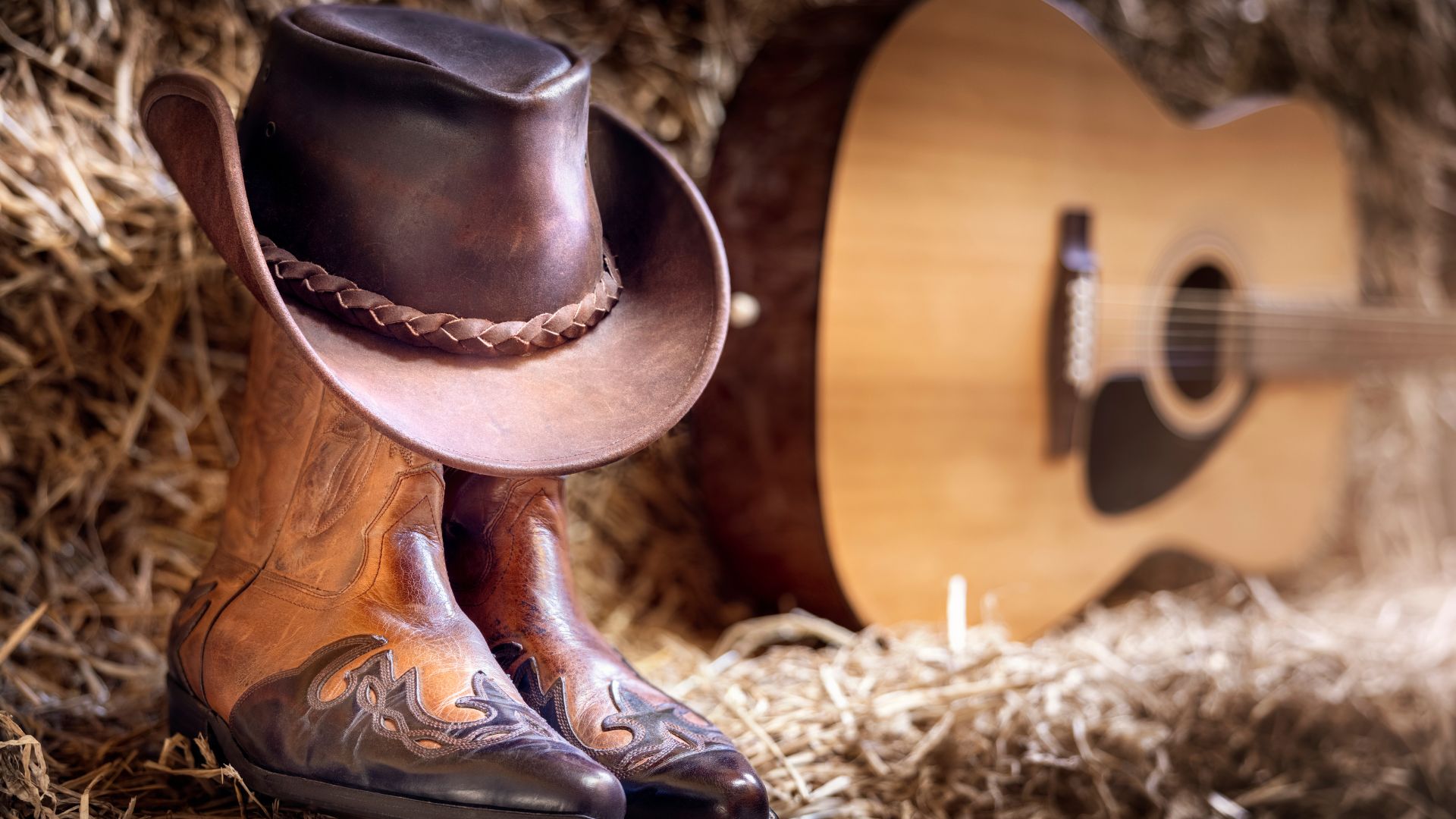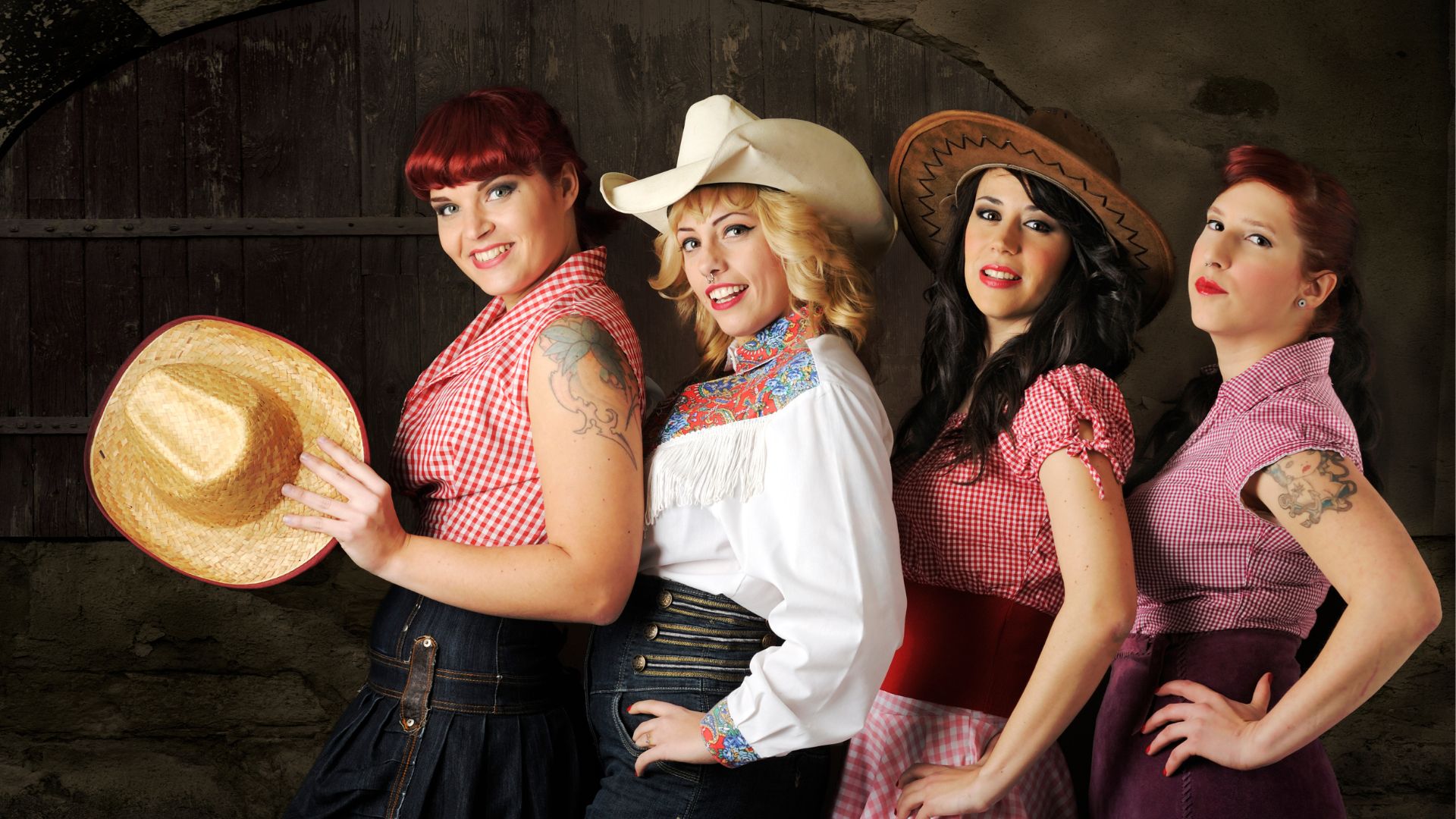Country and western music include many different styles and each of them has its set of influences and characteristics. From the traditional forms of simple storytelling, country and western music has continued its journey of evolution to this day. It’s quite apparent that these forms of music will hold a special place in the hearts of their fans forever.
Country and western music have a rich heritage and captivating storytelling. From the heartfelt ballads of traditional country music to the rebelliousness of outlaw country, they have entertained listeners for decades. Here are a few styles from the diverse varieties of country and western music:
1. Traditional Country Music
The origins of country music can be traced back to traditional country. Also called classic country or old-school country, it makes use of simple instruments. They mostly include acoustic guitars, fiddles, and steel guitars. Traditional country music places a strong emphasis on heartfelt lyrics and storytelling.
It allows listeners to connect deeply with the songs. Even after so many years, this style has enjoyed enduring popularity and influence.
2. Western Swing
Admirers of Western Swing love the touch of sophistication and lively spirit that it offers. This style of music developed in the 1930s and 1940s. It combines country music, big band jazz, and blues. A blend of fiddles, horns, steel guitars, and a swinging rhythm section is used in Western Swing. As a result it produces an irresistible and danceable music for its listeners.
3. Honky-tonk
This is one of the sub-genres of country music. It emerged in the 1940s with spirited rhythms and relatable lyrics. As a result of its unique features, honky-tonk gained popularity rather quickly. The distinct sound of honky-tonk often features prominent piano and steel guitar. They create a vibrant and energetic atmosphere, often causing the honky-tonk lovers to get up and move their bodies.
4. Bluegrass
Bluegrass is characterized by fast-paced rhythms, intricate work of instruments, and harmonies of tight vocals. It originated from the Appalachian folk music. The prominent musical instruments used in this style are the banjo, mandolin, fiddle, and acoustic guitar. With its roots in traditional folk and gospel music, bluegrass showcases a more collaborative nature of the genre.
5. Country Rock
Country Rock gained popularity in the late 1960s, combining country music with rock and roll. This style involves the use of drums, electric guitars, and a mix of elements from country and rock. It creates a dynamic sound that crosses different genres. Over the years, this particular style expanded the boundaries of country music and attracted a diverse audience.
6. Outlaw Country
In the 1970s, there was a rebellious response to the Nashville sound. This saw the rise of outlaw country music. The artists in this genre had a raw and authentic approach to their music style. They often incorporated elements of rock music into their sound.
With electric guitars and a renegade attitude, these artists freed themselves from the mainstream. They went on to mesmerize their audiences with an unconventional style and daring lyrics.
7. Country Pop
With a fusion of country music with the mainstream elements of pop, Country Pop gained popularity in the 1970s. This form of music had polished production, catchy melodies, and crossover appeal. As a result, it enjoyed immense commercial success worldwide.
Artists like Shania Twain and Keith Urban embraced this style and took it to a broader audience. Country pop often features a blend of contemporary pop instruments with country-infused lyrics. It results in the creation of a modern and radio-friendly sound.


